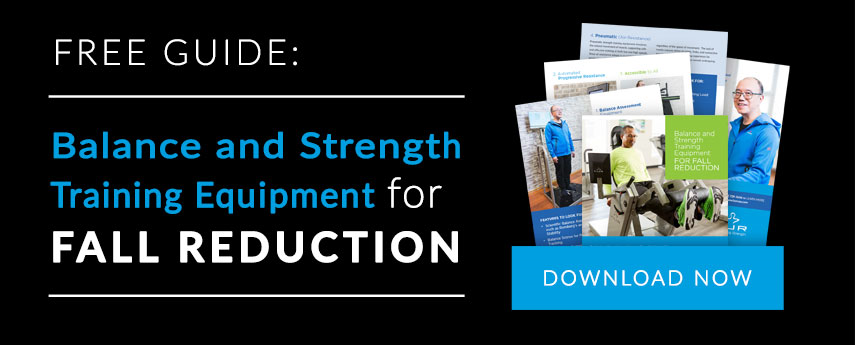What causes older adults to become frail?
When does frailty begin and is there anything we can do to prevent or reverse it?
Muscle strength is about much more than maintaining a visually toned figure. To state the obvious, we need our muscles to move. But, around the age of 30, physically inactive people naturally begin to lose between 3-5% of their muscle mass every 10 years or so. This natural loss of muscle is called Sarcopenia and somewhere between the age of 65-75, it begins to accelerate. Sarcopenia is one of the main causes of falls and injury in older adults and the first push into a dangerous cycle of frailty.
Losing muscle mass has a tremendous impact on mobility and the ability to tackle simple daily tasks, like lifting something from a shelf, shoveling a driveway, or simply walking up the stairs. When left unchecked, Sarcopenia can also impact our cardiovascular system. This can happen so gradually we hardly notice. The gradual loss of muscle mass causes a gradual slowing down – we move less, walk slower, and stop participating in activities that require too much physical exertion. Maintaining a healthy heart and lungs requires consistent physical activity. When Sarcopenia causes us to move less, our cardiovascular system takes a hit, pushing us further into the cycle of frailty.

In addition to an impaired cardiovascular system, less physical activity inevitably leads to Dynapenia – a loss of muscle strength. So, a loss of muscle mass leads to a gradual decline in physical activity, which leads to a weakened heart and lungs, causing us to move even less and lose strength in the muscles we have left. This is the cycle of frailty and it carries an increased risk of falls, accidents and injury, hospitalization, and mortality.
Regardless of Age, Resistance Training is a Good Place to Start
In a perfect world, every 30-year-old would begin a resistance training program that they would maintain for the rest of their lives, staving off Sarcopenia and keeping a firm distance from the cycle of frailty. In the real world, we know this isn’t always the case. For some people, a concern about their health might prompt them to begin an exercise program as a preventative measure. For others, injury or illness provides the motivation to pay closer attention to their physical health requirements.
Regardless of the current state of health, strength, and mobility, resistance training is an excellent place to start. We know that progressive resistance training is effective for increasing muscle strength, muscle size, and functional capacity in older adults. Research shows that high-intensity resistance training programs that increase in volume and progression over time can keep sarcopenia and dynapenia at bay for advanced and beginner exercisers alike.
Resistance training has also been shown to improve gait speed - a measure of how quickly one can walk within a quantified distance. This is important because walking is a key physical performance indicator for people of all ages - but especially for older adults. Individuals with slow gait speeds tend to be at a higher risk for injury, cognitive impairment, and falls.
A study published in the Journal of Physiotherapy concluded that 12 weeks of high-intensity resistance and functional exercise can significantly improve temporal and spatial characteristics of gait for older adults in the beginning stages of dementia. Another study showed that 12-weeks of resistance training improved walking speed and balance among adults age 65 and older.
Resistance training improves gait because it improves muscle strength, and, of course, sufficient muscle strength is a requirement to our ability to walk. Resistance training is also a vital component in balance and fall prevention, however…
Strong muscles alone do not prevent falls.
There are other factors at play.
While research over the past two decades has repeatedly shown that resistance training and fall prevention programs promoting balance through building core strength and muscle memory decrease the rate of falls in senior populations, there is a third contributor to fall risk that has been largely ignored: A breakdown in executive functioning.
Just as the process of aging includes a natural loss of muscle mass and strength, research shows a gradual decline in the processes of the brain and central nervous system. As we age, the brain and spinal cord lose nerve cells and begin to atrophy. Nerve cells begin to pass messages throughout the body more slowly and waste products can collect in the brain tissue as nerve cells break down.
This breakdown of nerves can also affect our senses. Often this is most noticeable as a decline in our vision, hearing, and reaction time. Our senses receive information from our environment in the form of sound, light, smell, tastes, touch, etc. This sensory information is converted into nerve signals that are carried to the brain. Inside the brain, these signals are turned into meaningful sensations. From the day we were born, a certain amount of stimulation is required before we become aware of it. No matter how sharp our hearing or vision, there are sounds too soft to register and matter too small to see. As we age, the threshold of sensory stimulation raises. In other words, older adults require higher levels of stimulation to be aware of any given sensation.
Moving through normal, day-to-day life requires us to move our bodies in different directions. Bio-mechanically this means our bodies are constantly shifting the base of support necessary to accommodate changes in the center of mass. Just as older adults require a higher threshold of sensory input to register sensation, the internal mechanisms that allow us to shift our weight without falling over seem to decline. In other words – it takes longer for sensory information to pass through our senses into the brain where the brain registers its meaning and sends reactive signals to the rest of the body. That longer time spent processing stimuli from the environment in working memory has been shown to explain the deficit in motor processes common in many older adults.
Muscle strength is vital to active aging, but it’s only one piece. Our muscles are receivers of information. If there is a lack of communication in our central nervous system resulting in a deteriorating ability to respond effectively to elements in our environment, the risk of experiencing a fall is high – regardless of how strong we are.
The missing link in fall prevention.
Strong muscles are a requirement for active aging. But, we must recognize that muscle strength is only one part of our ability to function. The central nervous system also plays a vital part, giving our muscles the commands that cause them to move. Therefore, when we think of age-related muscle loss, we must also think about the nervous system. Many skeletal muscle changes that come about as we age are due to a lack of communication with the central nervous system.
Sarcopenia can be an early cause for declines in physical abilities, but it’s not necessarily a primary cause for mobility problems. All structural changes in the body eventually develop into functional changes. For example, we know that for goal-directed control of the body, a high level of cognitive functioning is required. Information must be processed by our prefrontal cortex, which in turn assigns meaning to the information and sends signals that allow us to respond. In older adults, we see this system slow down, setting them up for falls and injury. As much as we take it for granted when we’re young, walking is a complicated system of tasks that requires attention, executive functions, muscle strength, and memory. Breakdowns in these abilities create cyclical problems that are the antithesis of healthy, active aging.






